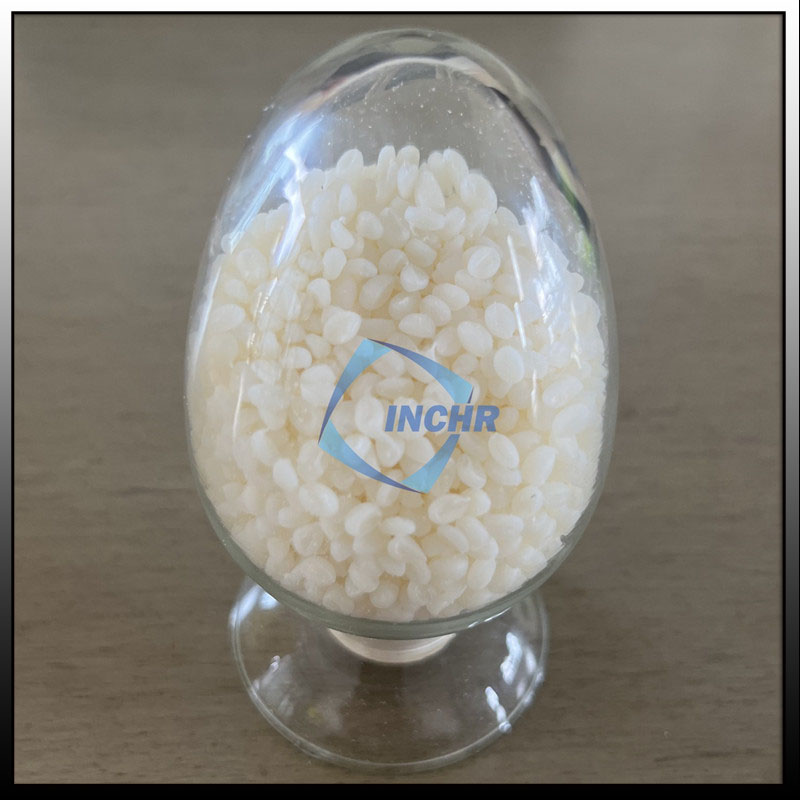Antistatic Additives for Packaging: Top Picks to Prevent Electrostatic Hazards
Static electricity is an invisible threat in packaging operations. From damaging sensitive electronics to igniting flammable materials in chemical storage, uncontrolled electrostatic discharge (ESD) poses serious safety and quality risks. Antistatic additives offer a reliable solution by embedding conductivity into packaging materials, safely dissipating charges. In this guide, we explore top antistatic additives to fortify your packaging against electrostatic hazards.
Why Antistatic Packaging Matters Product Catalog
Electrostatic buildup occurs when materials (e.g., plastics, films, or foams) rub during handling, generating charges up to 30,000 volts. In packaging, this can:
Damage electronics: ESD can fry microchips in devices.
Trigger explosions: Sparks may ignite volatile substances (e.g., solvents, powders).
Attract contaminants: Dust clings to charged surfaces, compromising product cleanliness.
Antistatic additives mitigate these risks by increasing surface conductivity, allowing charges to disperse harmlessly.
How Antistatic Additives Work
These additives are blended into polymers during manufacturing. They function via two mechanisms:
Hydrophilic agents: Attract ambient moisture, creating a conductive layer.
Conductive fillers: Use carbon nanotubes or metal particles to form charge-dissipating networks.
Unlike topical sprays (which wear off), integrated additives provide long-lasting protection.
Top 4 Antistatic Additives for Industrial Packaging
PolyOne OnCap™ ESD PE Masterbatch
Best for: Polyethylene films and containers.
Benefits: Offers permanent static control (107–1011 Ω/sq surface resistivity), retains clarity, and complies with FDA food-contact standards. Ideal for electronics and medical packaging.
Unique Edge: Minimal impact on mechanical properties—ideal for thin films.
Cabot Corporation Cabelec® 3891
Best for: Conductive thermoformed trays.
Benefits: Carbon-based additive providing ultra-low resistivity (102–104 Ω/sq). Resists humidity fluctuations and harsh chemicals.
Unique Edge: Maintains performance in extreme environments (e.g., aerospace components).
Croda Hydroslip™ AS 291
Best for: Recyclable PP/PE packaging.
Benefits: Glycerol ester-based additive that migrates to surfaces, forming a moisture-absorbing layer. Reduces dust adhesion by 80% and resists abrasion.
Unique Edge: Enhances slip properties, improving production line efficiency.
Arkema Graphistrength® FT530
Best for: High-strength industrial sacks.
Benefits: Carbon nanotube (CNT) technology ensures uniform conductivity at low loadings (2–3%). Retains tear resistance and flexibility.
Unique Edge: Sustainable—reduces material waste vs. carbon-black alternatives.
Key Selection Criteria
Material compatibility: Test additives with your base resin (e.g., LDPE, PET, PP).
Surface resistivity: Target 106–1011 Ω/sq for ESD protection (per ANSI/ESD S20.20).
Regulatory needs: Opt for FDA 21 CFR or EU 10/2011-compliant additives for food/medical use.
Environmental factors: Hydrophilic additives underperform in arid climates; conductive fillers work universally.
Implementation Tips
Dosage: Start at 1–5% loading; excessive use risks brittleness.
Testing: Validate with ASTM D257 (resistivity) and IEC 61340-4-1 (ESD decay).
Cost balance: CNT additives are pricier but reduce total material volume needed.
The Bottom Line
Investing in integrated antistatic additives prevents catastrophic failures while boosting packaging reliability. For electronics, prioritize PolyOne’s low-resistivity masterbatch. For sustainable solutions, Croda’s moisture-dependent agent excels. Always partner with suppliers to prototype and test formulations—static control is non-negotiable for modern packaging safety.
Anti Static Additive: Types, Uses & How It Works – Complete Guide





